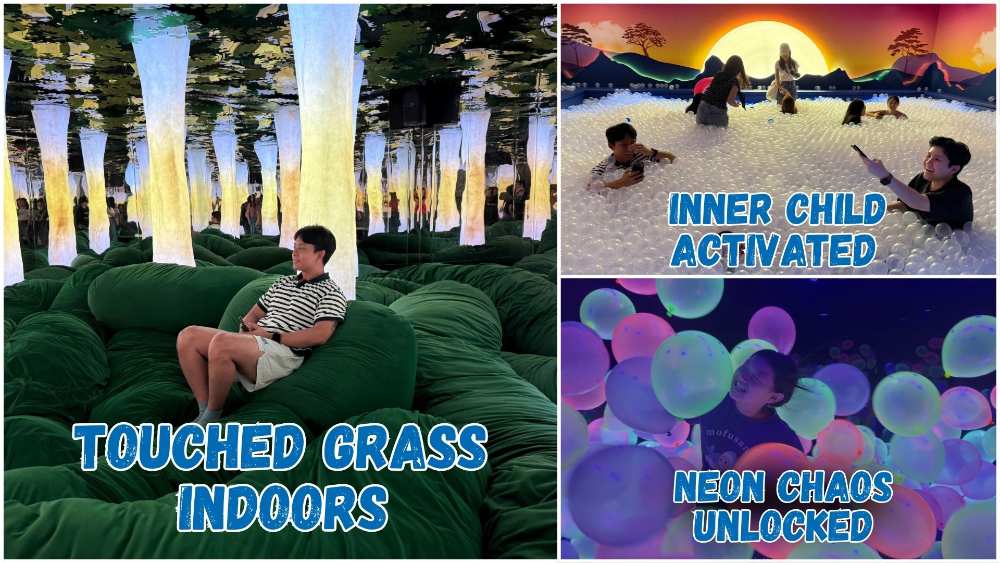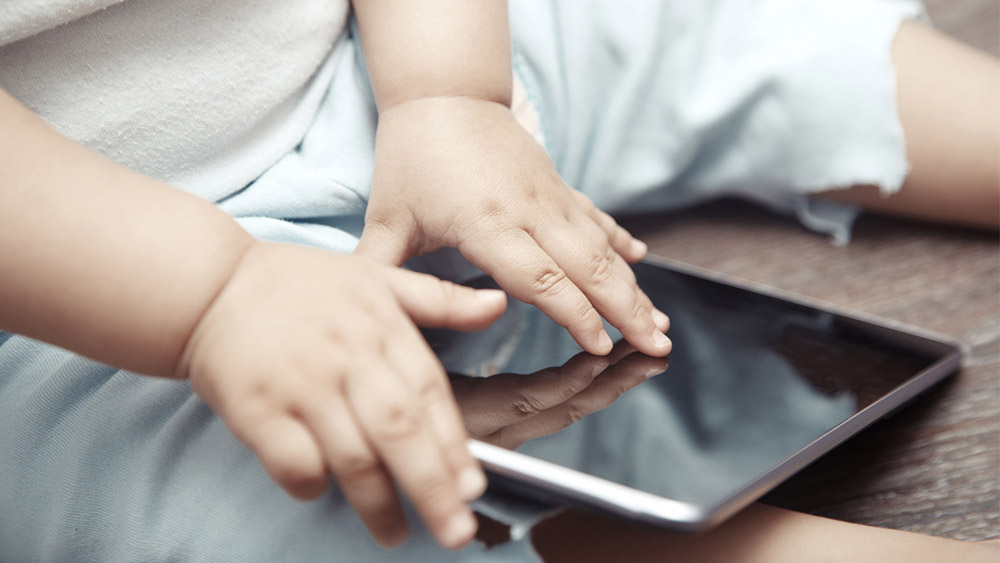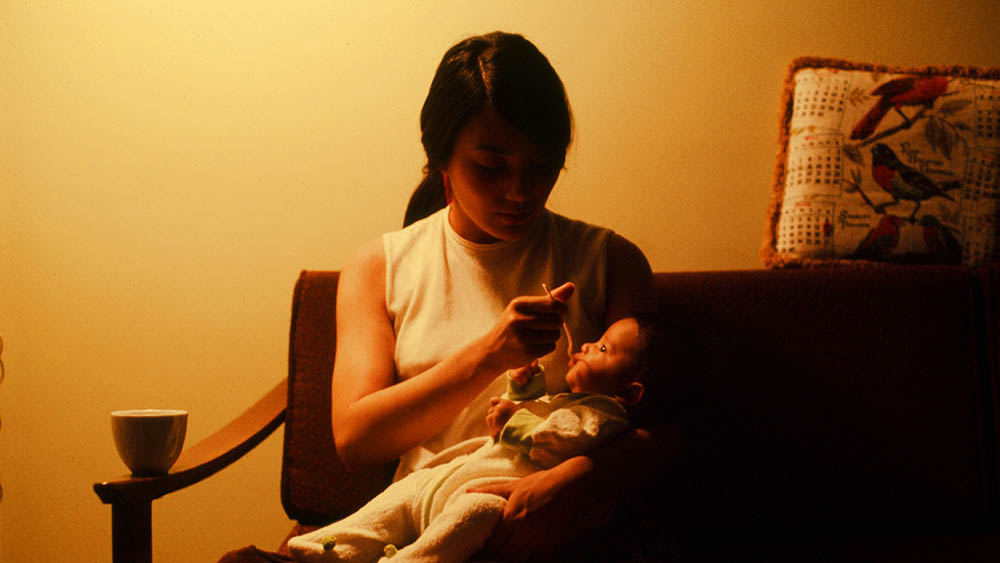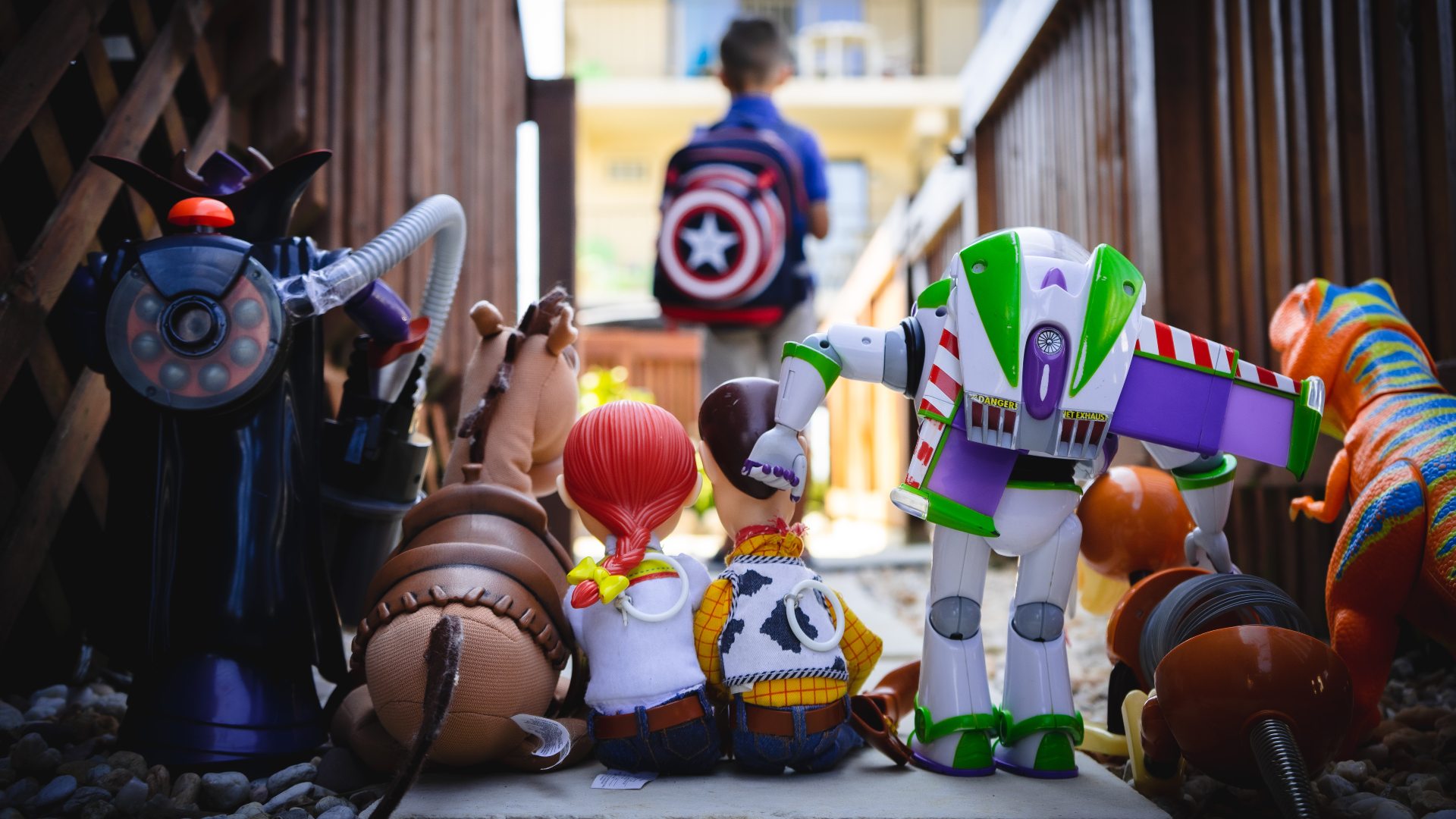Screen-Free Parenting Isn't Realistic (And That's Okay)
This is probably not what you’re expecting to hear, especially when everyone seems to be pulling their hair out trying to limit screen time for young children.
But hear me out.
You’re not a bad or lazy parent for handing a device to your child. Too much screen time, and yes, you risk impacting their physical health and habits. But too little, and you’re doing them a disservice, especially in today’s world, where digital fluency is essential. Not to mention, implementing a truly screen-free lifestyle is wildly impractical. As kids grow into independent teens, they’ll need to navigate the digital world quickly and responsibly.
Children today are more comfortable with iPads and smartphones than with pen and paper. Our role as parents is to manage their screen exposure while teaching them to use technology responsibly. So how exactly does one manage screen-free parenting?
The truth is—you don’t.
Even the Ministry of Health rolled out new screen use guidelines earlier this year, recommending their integration into preschool and school programs. The national strategy begins with children up to age 12, with plans to expand to older age groups.
As much as we wish we could, we can’t completely shield our kids from screens. And in my humble opinion (and experience), screen-free parenting isn’t possible or practical—not in today’s digital world.
Instead of feeling guilty about screens, pick your battles. Focus on helping your child use screens in healthy, productive ways. If I could go back in time, here’s what I’d tell my younger self wrestling with screen time:
Not all screen time is bad
Help your child make the most of their screen time by watching age-appropriate educational content. Use that time to support their learning and development. The MOH guidelines recommend no screen time for children under 18 months, and just one hour a day (outside of school) for kids aged 18 months to six years, ideally not during meals or bedtime. They also suggest co-viewing content with your child and avoiding screens as a “babysitter.”
Personally, I find watching a cartoon or solving problems through animated content together to be a great way to bond. Moving images and cheerful songs often keep toddlers engaged, and can even boost learning in a fun, memorable way.
Here are some great shows that are both educational and enjoyable:
Mickey Mouse Clubhouse (Age 2+)
My kids adored this show. The cheerful opening song instantly got their attention, and each episode presents a problem that’s solved using basic math, problem-solving, and lessons in perseverance and resilience. Toodles!
Khan Academy Kids (Age 2–10)
This free app was a hit in our home. It’s a fantastic resource for early math, reading, and other skills, delivered through fun games and interactive exercises that keep young minds engaged.
Paw Patrol (Age 2–4)
There’s something undeniably sweet about a bunch of puppies teaching little ones about teamwork and problem-solving.
 IMAGE: 123RF
IMAGE: 123RF
Use technology for learning
Technology can be a powerful learning tool. From typing and spelling to digital books and interactive games, it offers creative ways to supplement your child’s development.
The Very Hungry Caterpillar & Friends First Words is a user-friendly digital pop-up book that teaches early literacy, shapes, letters, and more through beautifully illustrated content.
And since typing is an essential skill today, I highly recommend TypingClub. It’s a free tool that teaches proper finger placement and gradually builds up speed and accuracy. Bonus: it’s fun to turn it into a family typing competition!

IMAGE: 123RF
Balance screen time with outdoor play
Set the example for healthy screen habits. Build in regular, non-negotiable screen breaks—during meals, weekends, or after school—to encourage unstructured outdoor play and family time.
For instance, the PropNex Family Zone at Gardens by the Bay is a must-visit. This 2,000sqm pet-friendly playground features two 9m-tall towers (inspired by the Garden’s Supertree Grove), a sandpit with light projections at night, musical play areas, and even a communal gardening space. Designed with inclusive play in mind, it offers challenges and fun for all abilities.
Rather than heading to a mall for some free air-con, visit the newly revamped water play area at Jacob Ballas Children’s Garden at the Singapore Botanic Gardens. It features a splash bucket, rainbow arch, and more (note: closed on Mondays). While you're there, check out COMO Adventure Grove, an outdoor playground inspired by tree structures found in the gardens.
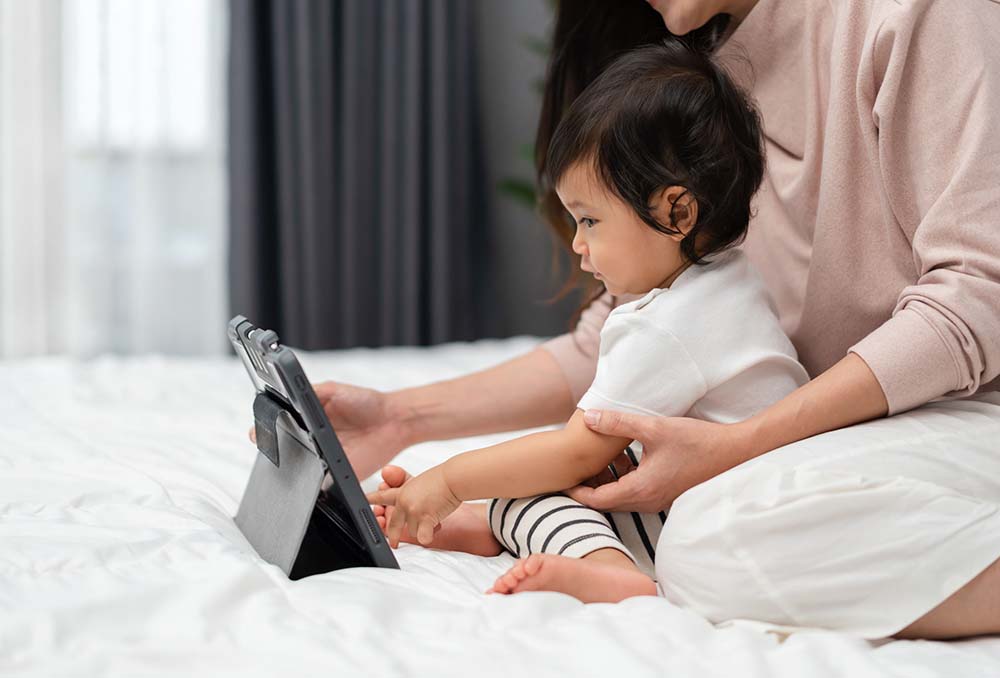
IMAGE: 123RF
Screens are a smart tool
Let’s be honest: most of us have used screens to make dinner prep or grocery shopping a little easier. And that’s okay. Screens are tools. Use them constructively.
Yes, the MOH guidelines advise against using screens to distract kids between 18 months and 6 years, especially during meals. But unless you’ve got extra hands at home, that’s not always practical. If a device keeps your child safely engaged while you cook or finish an urgent email, there’s no need to feel guilty. Just be mindful of how often it’s happening.
Screens are today’s reality, for every age group. Rather than resisting it and burning out in the process, maybe it’s time to embrace it mindfully. Shift away from the “no screen” fantasy and toward a balanced mindset. Use technology to support your child’s learning and development—and, when needed, to keep them safely occupied.
Let’s stop beating ourselves up. Screens don’t have to be the enemy. Used wisely, they can be an ally—for both parent and child.
For the latest updates on Wonderwall.sg, be sure to follow us on TikTok, Telegram, Instagram, and Facebook. If you have a story idea for us, email us at [email protected].


